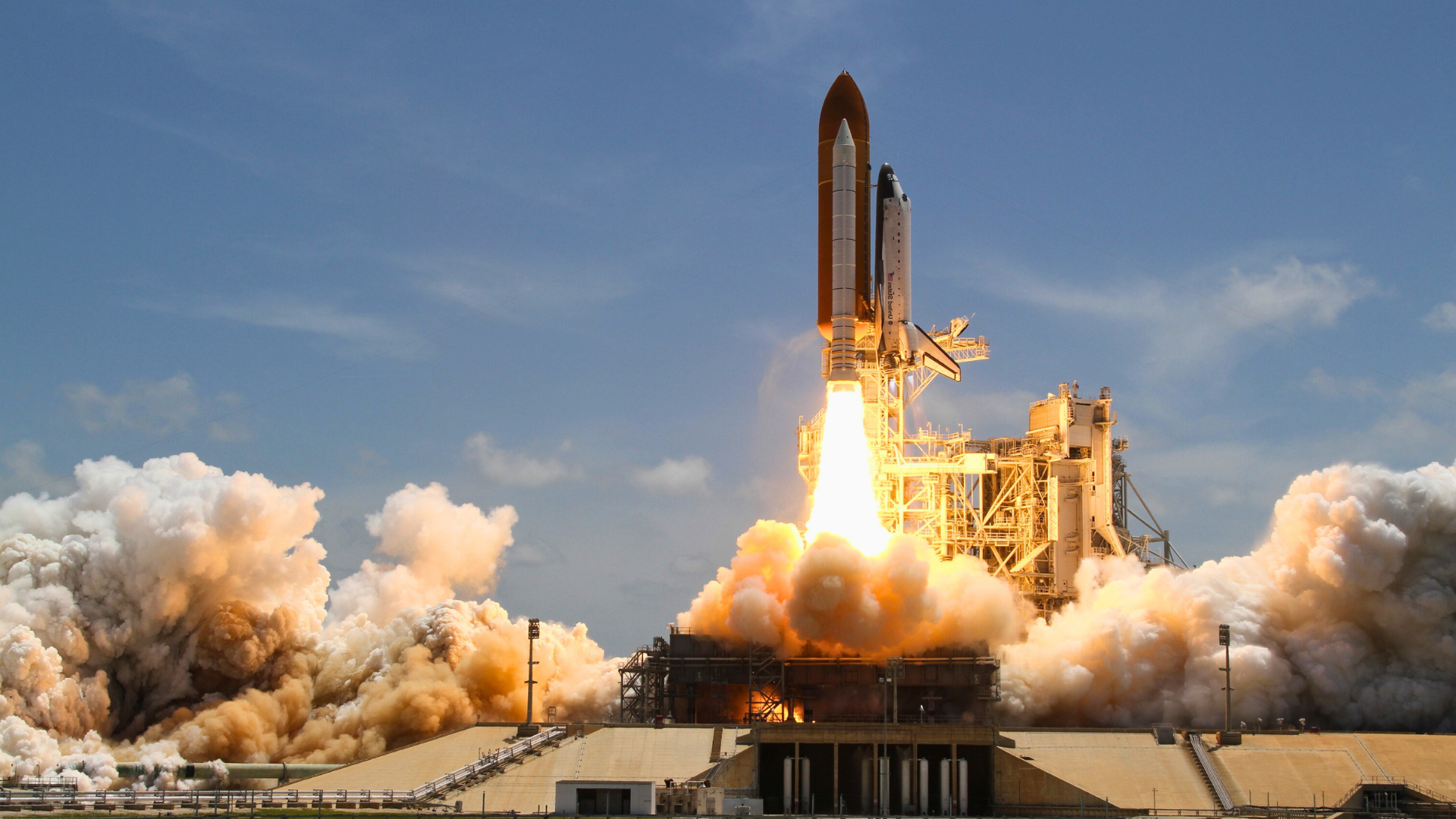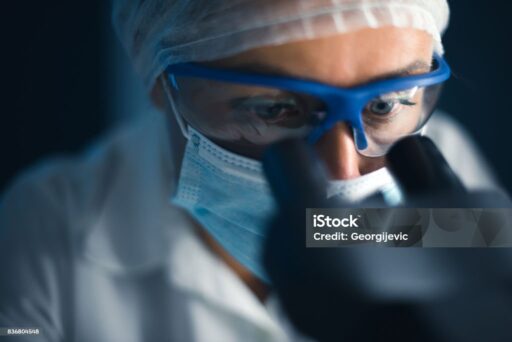Growing questions about spaceflight safety
In June 2024, US astronauts Butch Wilmore and Suni Williams embarked on a routine mission to the International Space Station (ISS), initially planned to last eight days. However, technical issues with their transport vehicle resulted in their unplanned stay on the ISS for nine months.
The space capsule, meant to return the astronauts home, experienced critical failures, including five helium leaks, five non-functional manoeuvring thrusters, and a propellant valve that failed to close completely. In the following weeks, despite repeated attempts by the manufacturer and NASA to resolve these issues, the faults remained unsolved. Finally, on 18 March 2025, after 286 days in space, the astronauts made the 17-hour journey back to Earth in another capsule, by a different manufacturer.
The incident raised many questions about the safety of space transportation. Key concerns include the reliability of space vehicles for professional astronauts, the efficiency of responses to technical failures, the availability of alternative spacecraft options, the effectiveness of rescue missions, and the health repercussions for astronauts during extended missions.
Commercial spaceflight reaches new heights
On 14 April a private company conducted a brief space expedition to reach the Kármán Line, the boundary between Earth’s atmosphere and outer space. Although it included some scientific research, the main goal was to demonstrate the capabilities of commercial space travel as a commercial activity, which was not without controversy in the scientific community. Nevertheless, this mission underscores the private sector’s growing role in making spaceflight a commercial enterprise, wholly independent of government-led effort.
Making space for regulation
Currently, jurisdictions capable of supporting manned space missions rely on regulations implemented by civil aviation authorities, private agreements, and corporate decisions such as the ISS Safety Requirements Document SSP 51721. For instance, the United States governs human spaceflight through the Federal Aviation Administration (FAA) under Title 14 Part 460 of the Code of Federal Regulations, which covers licensing procedures and operational requirements. This approach highlights the FAA’s expertise in overseeing space transportation, while encouraging discussions on how collaborative regulation with other authorities may be more effective.
In contrast, the European Union (EU) has yet to establish regulations for human spaceflights. Missions conducted under the European Space Agency (ESA) remain outside the scope of specific regulatory frameworks. However, the EU Space Law announced in 2024 is expected to address this gap in the coming years.
Charting a safer course
A robust framework is required to ensure the safety of both astronauts and space tourists. However, governments and institutions often prefer ‘soft law’ measures, such as policies and recommendations, rather than formal legislation, due to factors including a lack of expertise, concerns about keeping pace with rapid technological advancements, diverging safety standards, and insufficient collaboration between stakeholders.
Human spaceflights require an internationally coordinated effort as space becomes a market with increasingly private participation and investment, leaving behind the days of government-only missions. As commercial space activities expand, states must be prepared to support this market, focusing on safety training and effective rescue mechanisms to prevent accidents and remain competitive in this fast-developing field – without compromising on innovation. Regulators must work closely with industry experts and the private sector to develop clear frameworks that achieve this balance.
Access Partnership helps clients navigate the regulatory complexities of satellite and space telecommunications through expert analysis and strategic guidance. We work with policymakers and businesses to shape policy and regulatory frameworks, helping clients understand how to adapt to them. To find out more about how our Regulatory Strategy & Market Access experts can help you, please contact Juliana Ramirez at juliana.ramirez@accesspartnership and Sofia Stellatou at [email protected].






